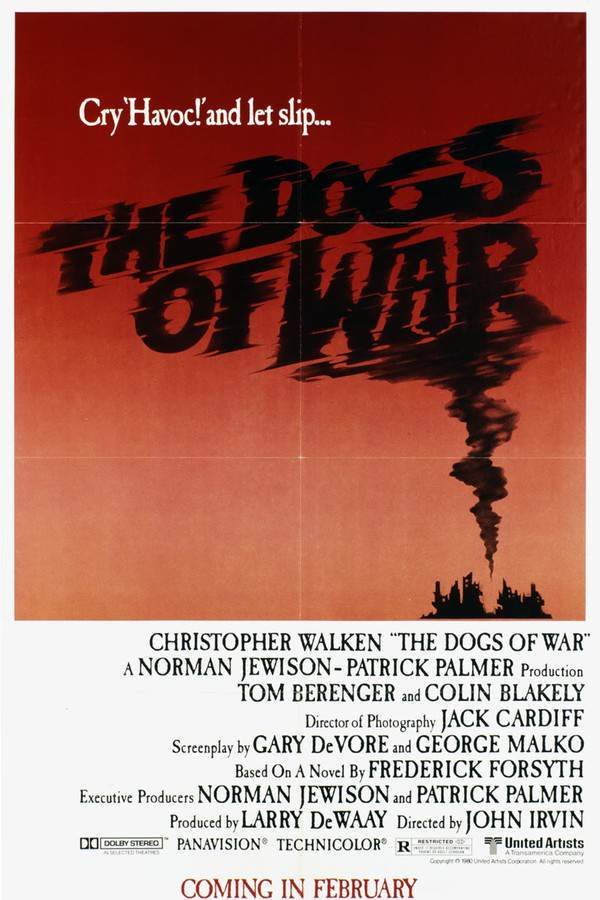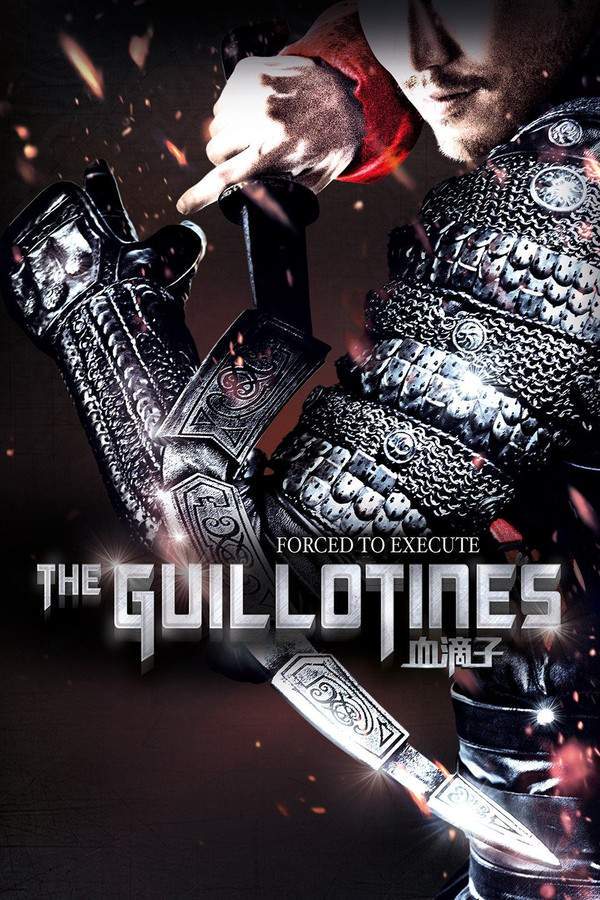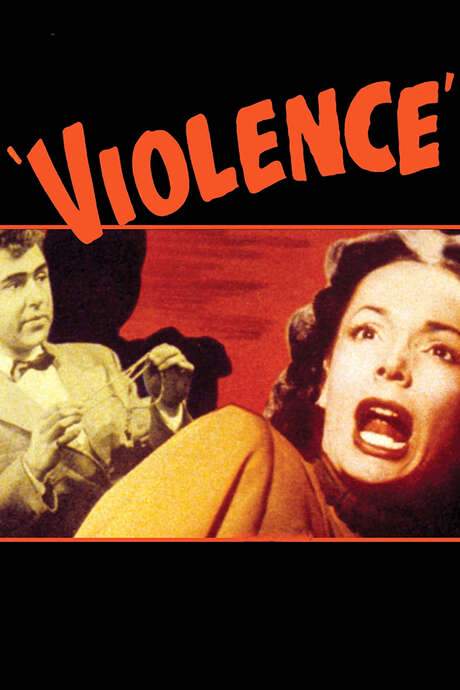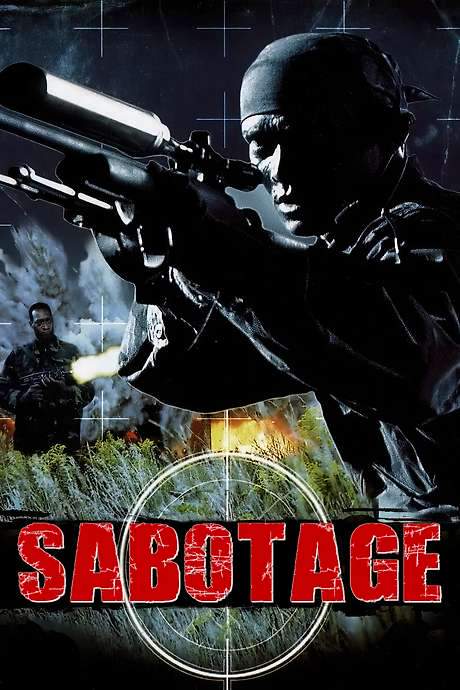
The Spook Who Sat by the Door
Year: 1973
Runtime: 102 mins
Language: English
Director: Ivan Dixon
After securing a position within the CIA by presenting himself as the compliant “Uncle Tom” candidate, the protagonist—an educated Black man—receives top‑secret training. He then turns that knowledge against the establishment, orchestrating a radical, militant uprising that seeks to spark a new American Revolution.
Warning: spoilers below!
Haven’t seen The Spook Who Sat by the Door yet? This summary contains major spoilers. Bookmark the page, watch the movie, and come back for the full breakdown. If you're ready, scroll on and relive the story!
Timeline – The Spook Who Sat by the Door (1973)
Trace every key event in The Spook Who Sat by the Door (1973) with our detailed, chronological timeline. Perfect for unpacking nonlinear stories, spotting hidden connections, and understanding how each scene builds toward the film’s climax. Whether you're revisiting or decoding for the first time, this timeline gives you the full picture.
Last Updated: October 09, 2025 at 09:20
Explore Movie Threads
Discover curated groups of movies connected by mood, themes, and story style. Browse collections built around emotion, atmosphere, and narrative focus to easily find films that match what you feel like watching right now.
Strategic Revolution Stories like The Spook Who Sat by the Door
Stories of oppressed groups training and executing systematic uprisings.If you enjoyed the methodical planning and execution of the rebellion in The Spook Who Sat by the Door, explore more movies like it. These films feature similar narratives of systematic infiltration, training the oppressed, and executing guerrilla warfare against powerful institutions.
Narrative Summary
The narrative pattern follows a protagonist who infiltrates or understands a powerful system, acquires crucial knowledge or skills, and then methodically applies that knowledge to orchestrate a calculated, often violent, resistance. The focus is on the strategic build-up and execution of the rebellion rather than a spontaneous outburst.
Why These Movies?
Movies are grouped here due to their shared focus on the 'how' of revolution: the training, the strategic planning, and the deliberate escalation of conflict. They share a tone of serious, high-stakes resistance and a pacing that emphasizes methodical progression over chaotic action.
Movies about Subversive Infiltration like The Spook Who Sat by the Door
Protagonists who infiltrate systems only to turn their power against them.Fans of the central premise of The Spook Who Sat by the Door—an undercover agent using institutional knowledge for rebellion—will find similar stories here. These movies explore the tension of double lives and the dramatic moment when the infiltrator's true agenda is revealed.
Narrative Summary
The narrative follows a character who gains entry into a powerful or hostile organization by concealing their true beliefs or identity. The story builds tension around their performance of compliance, the risk of discovery, and the ultimate execution of their plan to subvert the very system they've joined.
Why These Movies?
These films are connected by the core character arc of the subversive infiltrator. They share a high-tension mood generated by the protagonist's double life, a dark tone due to the morally complex deception, and a focus on the explosive consequences of the hidden agenda being unleashed.
Unlock the Full Story of The Spook Who Sat by the Door
Don't stop at just watching — explore The Spook Who Sat by the Door in full detail. From the complete plot summary and scene-by-scene timeline to character breakdowns, thematic analysis, and a deep dive into the ending — every page helps you truly understand what The Spook Who Sat by the Door is all about. Plus, discover what's next after the movie.
The Spook Who Sat by the Door Summary
Read a complete plot summary of The Spook Who Sat by the Door, including all key story points, character arcs, and turning points. This in-depth recap is ideal for understanding the narrative structure or reviewing what happened in the movie.

Characters, Settings & Themes in The Spook Who Sat by the Door
Discover the characters, locations, and core themes that shape The Spook Who Sat by the Door. Get insights into symbolic elements, setting significance, and deeper narrative meaning — ideal for thematic analysis and movie breakdowns.

More About The Spook Who Sat by the Door
Visit What's After the Movie to explore more about The Spook Who Sat by the Door: box office results, cast and crew info, production details, post-credit scenes, and external links — all in one place for movie fans and researchers.

Similar Movies to The Spook Who Sat by the Door
Discover movies like The Spook Who Sat by the Door that share similar genres, themes, and storytelling elements. Whether you’re drawn to the atmosphere, character arcs, or plot structure, these curated recommendations will help you explore more films you’ll love.
Explore More About Movie The Spook Who Sat by the Door
The Spook Who Sat by the Door (1973) Plot Summary & Movie Recap
The Spook Who Sat by the Door (1973) Scene-by-Scene Movie Timeline
The Spook Who Sat by the Door (1973) Spoiler-Free Summary & Key Flow
Movies Like The Spook Who Sat by the Door – Similar Titles You’ll Enjoy
Black Gunn (1972) Film Overview & Timeline
Sabotage (1996) Full Summary & Key Details
Good Guys Wear Black (1978) Story Summary & Characters
Uptight (1968) Complete Plot Breakdown
Topaz (1969) Plot Summary & Ending Explained
The Intruder (1962) Ending Explained & Film Insights
Black Caesar (1973) Full Summary & Key Details
Dead Presidents (1995) Ending Explained & Film Insights
The Chairman (1969) Detailed Story Recap
The Black Godfather (1974) Movie Recap & Themes
The Black Connection (1974) Full Summary & Key Details
The Black Gestapo (1975) Story Summary & Characters
The FBI Story (1959) Ending Explained & Film Insights
The Black Klansman (1966) Full Movie Breakdown
The Spies (1957) Plot Summary & Ending Explained












































